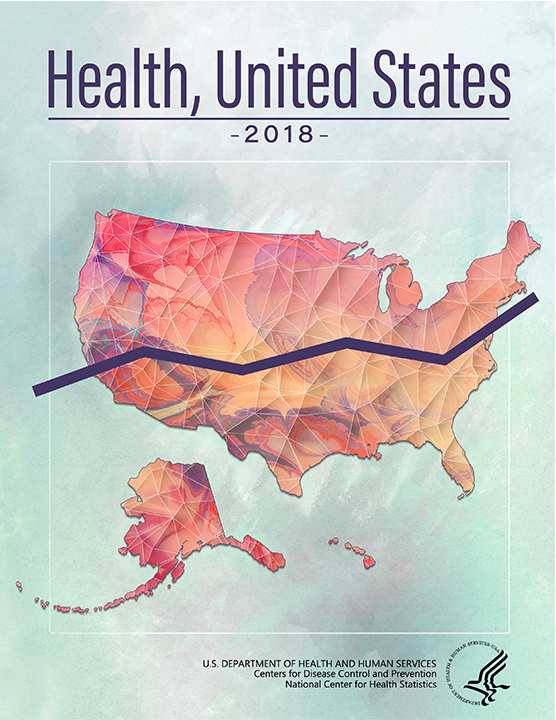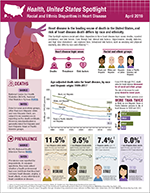"This omnibus report, Artists and Other Cultural Workers: A Statistical Portrait, extends the range of statistics that the National Endowment for the Arts historically has tracked as part of its decades-long research function. Although the agency periodically reports facts and figures about 11 distinct artist occupations (based on U.S. Census data), this report
brings in other job characteristics, other data sources, and even other kinds of cultural workers.
Among key findings are:
1. Regardless of occupation, over 5 million workers are employed in arts and cultural industries. They are all
wage-and-salary workers.
• There are nearly 2.5 million artists in the U.S. labor force (either self-employed or wage-and-salary
workers).
• Approximately 333,000 (self-employed or wage-and-salary) workers hold secondary jobs as artists.
• Another 1.2 million (self-employed or wage-and-salary) workers hold a primary job in a cultural occupation
other than artist.
2. Artists are 3.6 times as likely as other workers to be self-employed.
• In 2012-2016, roughly 34 percent of all artists were self-employed. This compares with 9 percent of all
workers.
• Most self-employed artists seem to like their work arrangement: 79 percent say they would not prefer to
work for someone else, while 58 percent cite flexible schedules and independence as the main reasons
they are self-employed.
3. Artists are becoming a larger share of the U.S. labor force.
• In 2006, artists composed 1.42 percent of the labor force; by 2017, they were 1.55 percent, representing a
6.1 percent increase.
• In 2017, the artist unemployment rate hit an 11-year low.
• As a group, artists currently experience unemployment rates similar to those of all U.S. workers.
4. Faster-than-average growth in employment is projected for set and exhibit designers, actors, producers and directors, and film and video editors.
• Between 2016 and 2026, annual job openings will have averaged 7,400 for actors and 14,100 for producers
and directors. Employment growth in these occupations stems from strong demand for new movies and
television shows.
• Employment of film/video editors is projected to grow at a 17 percent clip. A contributing factor is the
number of shows increasingly produced by Internet-only sources and streaming services..."
Artist statistics
 Download the 2019 Report.."
Download the 2019 Report.."


